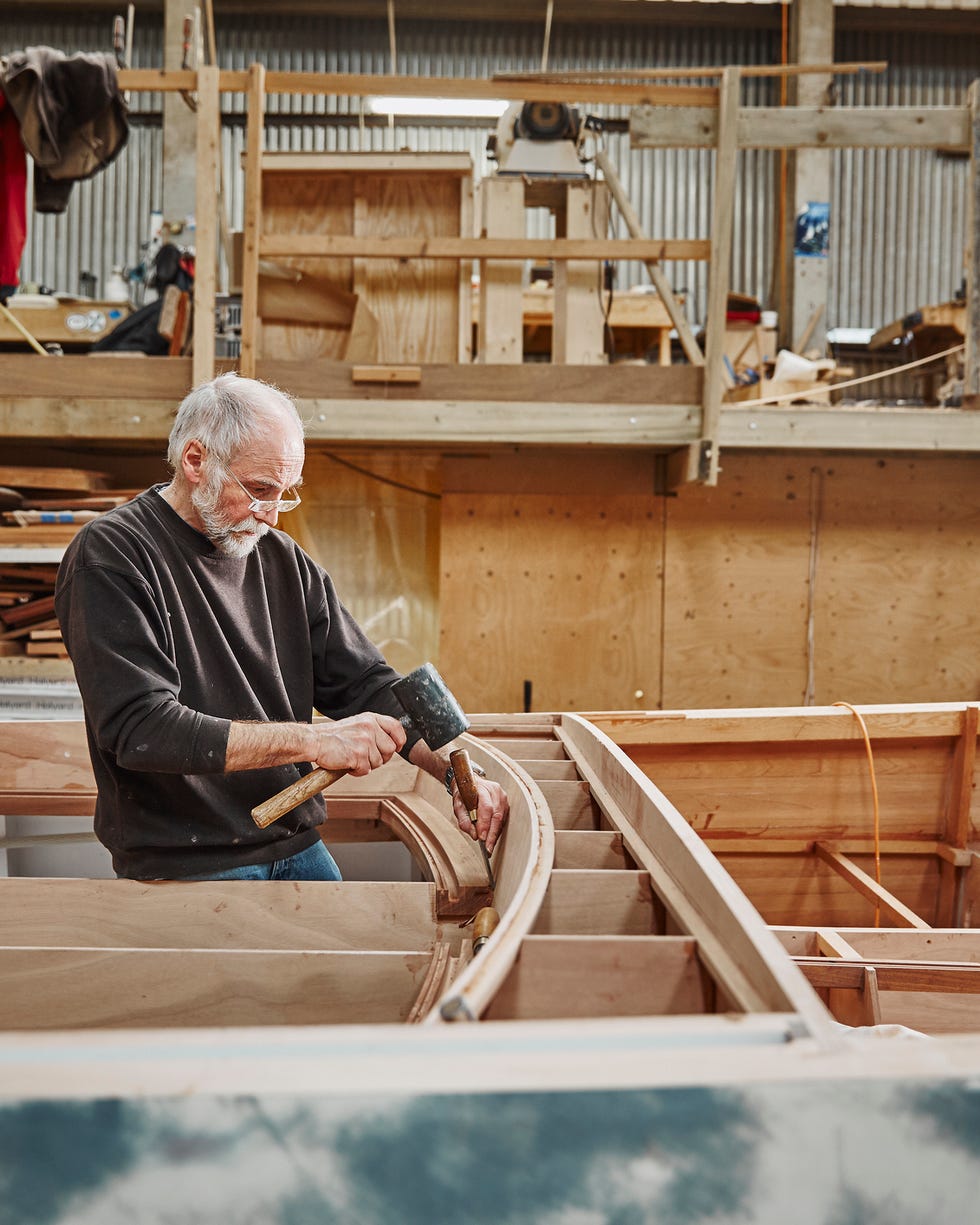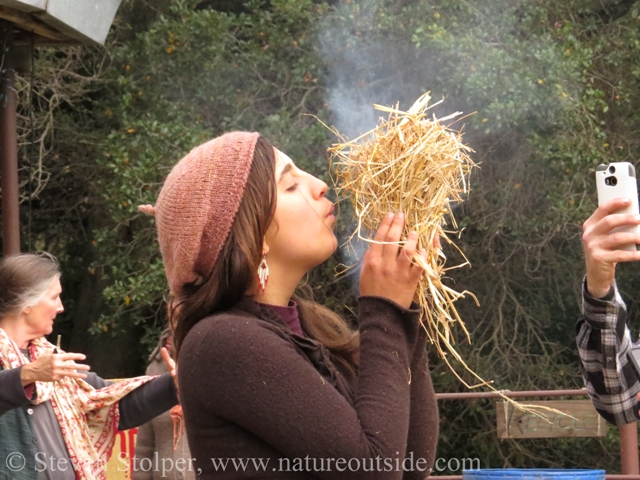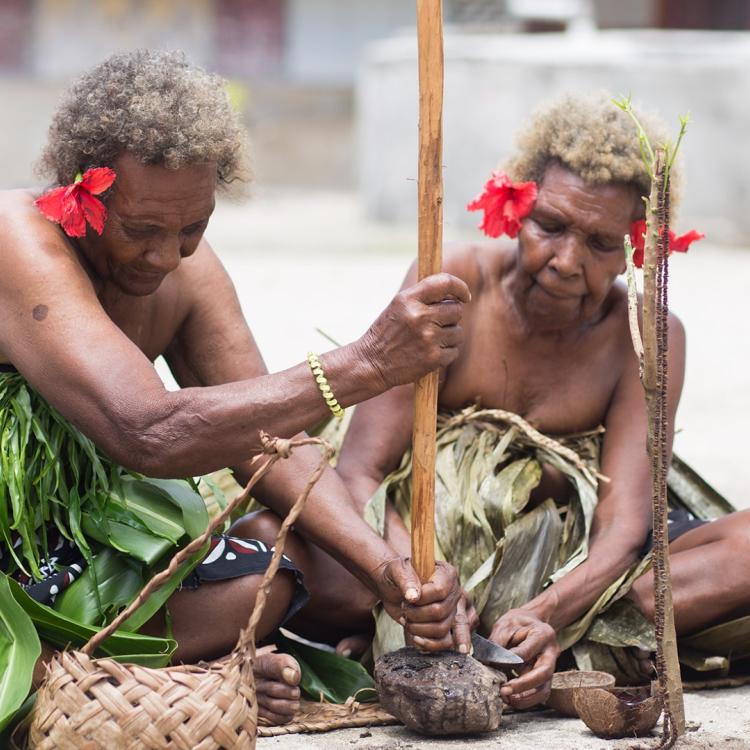Lost arts—the ancient, beautiful, practical skills once passed from hand to hand, generation to generation—are quietly slipping into oblivion. As technology advances and convenience reigns, these traditional skills are being forgotten. But at Remin.site, we believe that death is not the end—it’s a bridge. What we pass on matters. What we preserve becomes legacy.
“When a community loses a skill, it loses a piece of its soul.”
Let’s explore some of these dying crafts—and rediscover why they’re worth saving, remembering, and reviving.
1. Wooden Boat Building

Once essential to seafaring cultures, wooden boat building is a master craft requiring patience, skill, and intuition. Before fiberglass hulls and mechanized assembly lines, artisans shaped curved ribs by hand, aligning them perfectly by eye and muscle memory.
But today, this skill is nearly extinct—replaced by mass production and forgotten in most coastal towns.
- Requires generational knowledge of wood, tools, and tides
- Linked to cultural identities in fishing and trading communities
- Disappearing due to modernization and lack of apprenticeships
Preserving it isn’t just about nostalgia—it’s about remembering how humans once connected deeply to water, wind, and wood. Organizations like the Maritime Heritage Trust are documenting and supporting remaining practitioners. Will we let this art vanish completely?
2. Natural Fire Starting

There’s something sacred about coaxing flame from nothing but friction and breath. Natural fire starting—using flint, bow drill, or friction-based methods—was once survival knowledge. Now, it’s a rare skill, confined to a few survivalists, scouts, and indigenous elders.
Modern life has all but erased it. We have lighters, stoves, apps that remind us to buy gas. But what if we lose power? What if we forget how our ancestors summoned warmth from the earth?
Fire starting teaches:
- Patience and perseverance
- Connection to natural materials and conditions
- Gratitude for simple things: warmth, light, survival
Learn from sources like Bushcraft USA, or sit with an elder who remembers. A spark, once lost, is hard to reignite.
3. Hand Weaving and Loom Craft

In countless cultures across the globe, hand weaving was more than craft—it was culture. Every thread told a story. Women on islands, in highlands, in deserts wove not just cloth but identity.
But industrial looms, cheap textiles, and fast fashion have nearly erased this art. Today, fewer and fewer people know how to thread a loom, how to dye with indigo, how to feel the right tension by touch alone.
Consider:
- Traditional looms differ from region to region
- Patterns carry meanings—status, tribe, event
- Time-intensive and often unprofitable in modern markets
The British Museum hosts artifacts from weaving cultures around the world—but how much longer will we see this practiced live, not just behind glass?
4. Blacksmithing and Forging

Few things feel as mythic—or as real—as blacksmithing. The clang of hammer on hot iron. The firelight. The transformation of ore into blade, hinge, plow, or art.
In pre-industrial times, the blacksmith was a village linchpin. Today, their forges are cold, overtaken by factories and digital design. But this ancient craft is not gone—not yet.
Why does it matter?
- Shows deep understanding of heat, metal, transformation
- Promotes sustainability through repair, not replacement
- Connects us to tools as extensions of human intent
Groups like ABANA (Artist-Blacksmith’s Association of North America) are keeping the fire alive. Still, without new hands, the old ways risk becoming only echoes.
5. Leatherworking by Hand
Long before “handmade leather bags” became an Etsy tagline, leatherworking was essential for saddles, armor, belts, books, and shoes. Tanning hides. Carving floral patterns. Stitching with waxed thread. These were everyday skills for artisans and villagers alike.
Now, machines pump out synthetics. We’ve traded texture and soul for mass and speed. But hand leathercraft offers:
- Durability and function
- Emotional connection to tools and process
- Mindfulness through making
To explore the ethical side of leather, visit Leather Working Group. Or better yet, take a workshop, smell the hide, and feel what it means to shape something real with your hands.
To Be Continued…
In the second half of this article, we’ll explore more endangered arts like traditional pottery, basket weaving, and even the vanishing magic of oral storytelling. Until then, take a moment to reflect: What skills from your ancestry are fading? What can you remember—or learn—before they’re gone?
At Remin.site, your stories, ideas, and practices aren’t forgotten—they’re remembered, stored, and passed on. Because death is not the end. It’s the beginning.
6. Traditional Pottery Making
Before ceramics became mass-produced, traditional pottery was an intimate, local practice. Every bowl, jar, or amphora told a story of its region—the clay of the earth, the spin of the wheel, the heat of the community kiln.
Now, handmade pottery is rare, often relegated to niche art galleries. But once, it was survival. These skills deserve to live again—not just as decoration, but as heritage.
- Each region has distinct styles and techniques
- Involves deep knowledge of minerals, chemistry, and temperature
- Connects us to food, storage, and the human ritual of making
The Smithsonian Institution and indigenous cultural centers are working to preserve these techniques, but hands-on practice is what keeps it truly alive.
7. Basket Weaving
Once essential for carrying grain, fish, or babies, basket weaving is one of the most ancient and widespread crafts in the world. Made with natural fibers like bamboo, rattan, or reeds, it’s durable, sustainable, and remarkably beautiful.
Yet today, the skill is vanishing—overshadowed by plastics and fast production. But why let this ecological, meditative, functional art die?
“To weave a basket is to hold history in your hands.”
In cultures from Vietnam to the Americas, basketry also holds deep symbolism—community, fertility, nature. Reviving it isn’t just about the object. It’s about the meaning.
Explore revival efforts through organizations like Heritage Crafts UK, or support your local craft market. What you buy helps decide what survives.
8. Traditional Food Preservation Techniques
Before refrigeration and chemical preservatives, people preserved food with time-tested, natural techniques. Fermenting, salting, drying, pickling, and smoking—these weren’t just methods, they were part of everyday life.
Now, many of these skills are lost to convenience and forgotten in grocery aisles. But they offer not only taste—but also health, sustainability, and connection.
- Kimchi, sauerkraut, salted fish, dried herbs—all cultural expressions
- Fermentation is great for gut health and nutrient absorption
- Preserving food reduces waste and dependency on artificial solutions
Groups like Slow Food International advocate for the return of these heritage skills as part of a better food future.
9. Natural Dyeing Methods
Color once came from plants, minerals, and insects. Natural dyeing was an alchemical art: turmeric for yellow, indigo for blue, madder for red. These dyes were gentle on the earth, and often rooted in sacred or spiritual traditions.
But today, most textiles are colored with toxic, synthetic dyes—polluting rivers and harming workers. Reviving natural dyeing isn’t just quaint—it’s vital.
Natural dyeing methods teach:
- Seasonal awareness: dyes depend on harvest cycles
- Patience: colors mature slowly
- Environmental respect: everything comes from nature
Resources like Maiwa Natural Dyes offer learning and kits to start at home. It’s a meditative practice, perfect for reconnecting with nature.
10. Oral Storytelling and Folk Songs
Before books, before screens, before the written word—there were stories. Spoken. Sung. Danced. Shared. Oral storytelling and folk songs passed wisdom, warnings, love, and identity through generations.
But now? Podcasts and playlists don’t carry the same community fire. When the storyteller fades, so does the story.
These arts deserve more than an archive. They deserve a breath, a voice, a listener. Because:
“A story told is a life remembered. A song sung is a people not forgotten.”
Visit the UNESCO Intangible Cultural Heritage list to explore cultures still practicing oral traditions—and consider recording your own family’s stories on Remin.site.
Why These Lost Arts Matter Now More Than Ever
In a world obsessed with the next thing, these lost arts remind us of where we came from. They connect us to:
- Resilience—skills that require patience and resourcefulness
- Meaning—work infused with care, not algorithms
- Community—arts that were once shared, not sold
And more than anything, they are memory made tangible. Just like the stories and moments we save at Remin.site, these skills are our inheritance.
How You Can Help Preserve These Arts
You don’t need to be an artisan to keep these traditions alive. Here’s how you can help:
- Learn one traditional skill—take a local class or try online tutorials
- Support artisans—buy handmade, ask about their process
- Pass it on—teach your children, your friends, your community
- Document it—use Remin.site to record stories, techniques, and memories
- Advocate—support heritage conservation and education programs
Each small act is a thread in a bigger fabric of remembrance.
Conclusion: Reclaiming the Past for the Future
These lost arts may seem outdated, but they’re timeless. They hold memory, mastery, meaning. At Remin.site, we believe that preserving them isn’t about the past—it’s about the future we want to create. A future rooted in tradition, mindful of legacy, and rich in soul.
Death is not the end. It’s the beginning. Let us begin by remembering, relearning, and recording. Before these stories fade. Before these hands forget.
FAQs: About Lost Arts and Remin.site
What are lost arts?
Lost arts are traditional, often manual, skills or crafts that are fading away due to modernization, mass production, or cultural neglect. They include everything from boat building to storytelling.
Why should we care about traditional skills?
They connect us to our heritage, promote sustainability, and provide valuable life lessons in patience, resourcefulness, and creativity. They remind us we are more than consumers—we are creators.
How can I record my family’s traditional skills or stories?
You can use Remin.site to store voice memos, videos, written memories, photos, and even digital copies of recipes or techniques.
Can I learn these skills today?
Yes! Many community centers, online platforms, and cultural groups offer tutorials and workshops. Websites like Heritage Crafts UK and Slow Food are great places to begin.
What makes Remin.site different?
Remin.site is not just a memory vault—it’s a bridge between generations. It ensures that your knowledge, your identity, your family’s legacy doesn’t vanish with time. We help you pass it on. With love. With purpose.
Now is the time to remember. To revive. To record. Visit Remin.site—where nothing is forgotten, and everything meaningful begins again.
